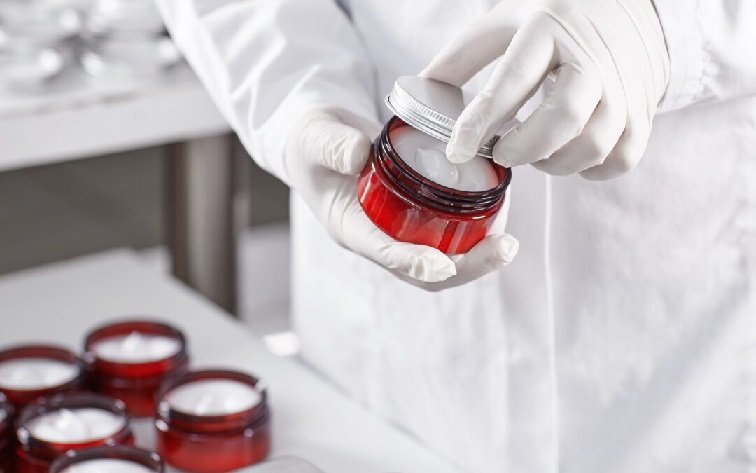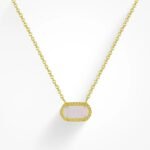The importance of cosmetic safety to the consumer is extremely significant since most cosmetics are used daily on the skin. One of the focal solid points ensuring that cosmetics are safe is with the FDA. Consumers apprehending FDA guidelines can help relate trust with the product used, thus ensuring safety and efficacy. This blog post will show you how FDA guidelines protect consumers.
Understanding FDA Guidelines
Are you conversant with the FDA guidelines? Well, the FDA describes when a product is regarded as safe cosmetics. Cosmetic products are applied to the human body through methods such as rubbing, or spraying, etc. They clean, beautify, enhance attractiveness, and alter appearance. This category includes a wide range of items like makeup, moisturizers, shampoos, and deodorants. An important aspect of these products is that they must adhere to cosmetic labeling requirements.
It should indicate the ingredient declaration and, where applicable, warning statements on labeling. This kind of transparency will enable consumers to make conscious choices and avoid those ingredients they are allergic to or would like to avoid for other reasons. Ingredient lists and warnings are thus imperative for the safety of consumers. These ensure that the user is fully aware of what they apply to their skin, avoiding adverse reactions and promoting informed decision-making.
Ensuring Consumer Safety
FDA guidelines are concerned with the safety of consumers from dangerous ingredients. Regulations resulted to banning of some substances understood to cause health complications, such as color additives and preservatives. Manufacturers can safeguard consumer use by following the guidelines laid down. Consumers can also open disputes or reports on any cosmetic product that causes adverse reactions. This basically controls the industry through complaints and reports that consumers can make with resources provided by the FDA.
Challenges and Controversies
Despite the hard work put in by the FDA, there are common challenges associated with its cosmetic regulations. Some critics even argue that the guidelines are not strict and that not all ingredients believed to be potentially harmful are included; hence, there are other ongoing debates about whether more comprehensive regulations are necessary.
Some emerging regulatory issues in cosmetic safety involve new or untested ingredients that rapidly change beauty’s nature. Issues about the inclusion of nanoparticles and the use of convoluted chemical formulations call for perpetual review followed by alterations in guidelines. The FDA guidelines are a lighthouse of both requirements and challenges to the industry. One should find a trade-off between product innovation and the constraints of implementing certain regulations, some of which hinder the fast development of new products. However, compliance is vital in maintaining consumer trust and ensuring product safety.
Key Takeaways
In summary, FDA guidelines will ensure that cosmetics are safe. They offer a framework that protects consumers against harmful ingredients and brings transparency into the labeling of products. While challenges and criticisms will be there, the guidelines in practice will be fundamentally necessary to maintain and regain trust and safety in the cosmetic industry. With the changes in the industry, regulations that govern it should change equally. FDA guidelines will go under constant review and adjustments in accordance with new developments and safety concerns as and when they keep popping up. In turn, consumers and manufacturers can make the cosmetic market a safer and more transparent one by merely staying informed and vigilant.







